Optimal Timing for Foundation Repairs
Understanding the optimal timing for foundation repairs can help ensure the longevity and effectiveness of the work. Factors such as weather conditions, soil stability, and seasonal temperature fluctuations influence the appropriate time to undertake repairs. Proper timing minimizes disruptions and enhances the durability of the repair solutions.
Spring offers moderate weather and stable soil conditions, making it suitable for foundation work. It allows for thorough inspections and timely repairs before summer heat or winter cold set in.
Summer can be a good time for foundation repairs due to dry weather, but extreme heat can cause soil to expand, potentially affecting repair outcomes.
Fall provides cooler temperatures and less rainfall, creating favorable conditions for foundation repairs. It also allows for repairs to settle before winter.
Winter poses challenges such as freezing temperatures and frozen soil, which can hinder repair work and compromise effectiveness. Repairs are generally best avoided during this season.
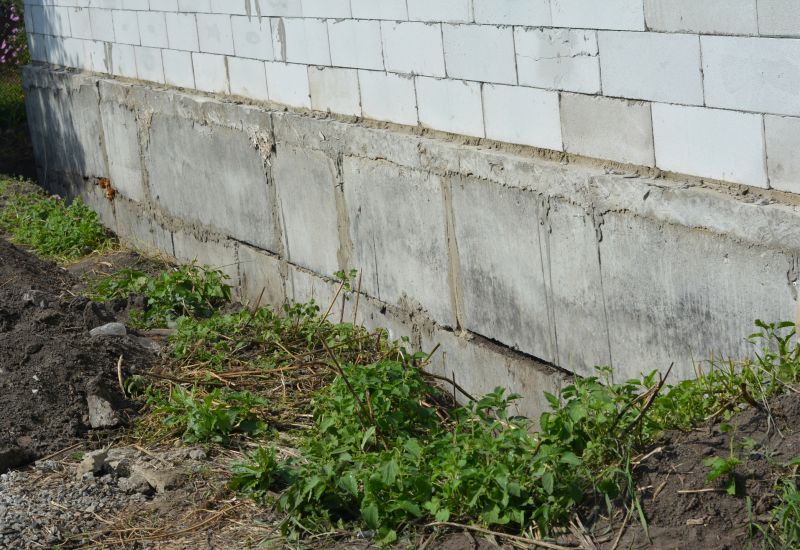
Springtime offers optimal conditions for foundation stabilization and repair work, reducing risks associated with soil movement.
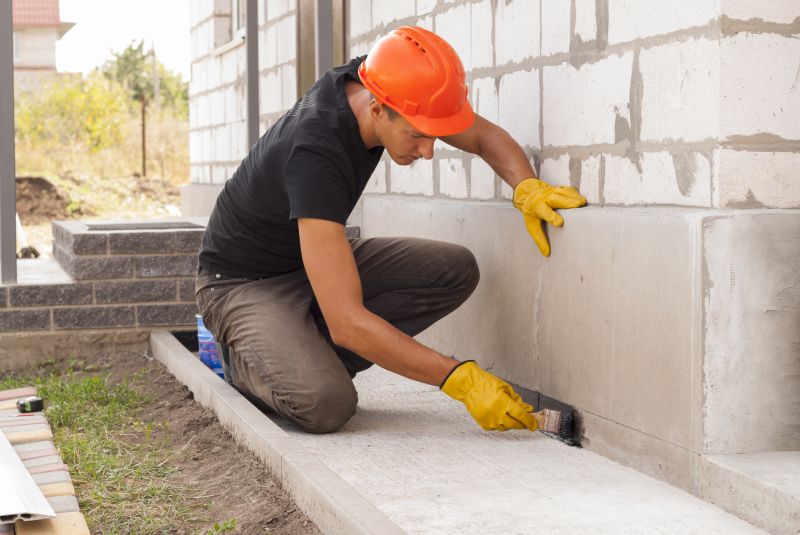
Dry summer months can facilitate quicker repairs, but precautions are necessary to manage soil expansion.
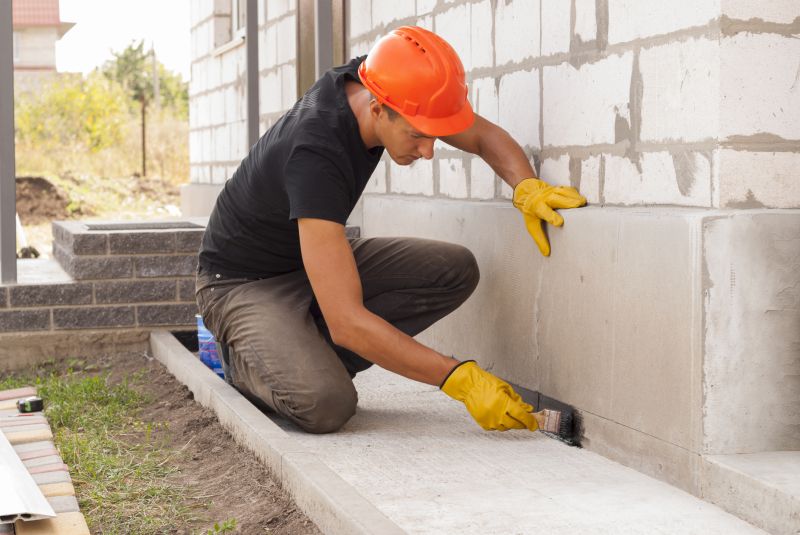
Fall's cooler weather helps in effective repair application and settling before winter.

Ways to make Foundation Repairs work in tight or awkward layouts.
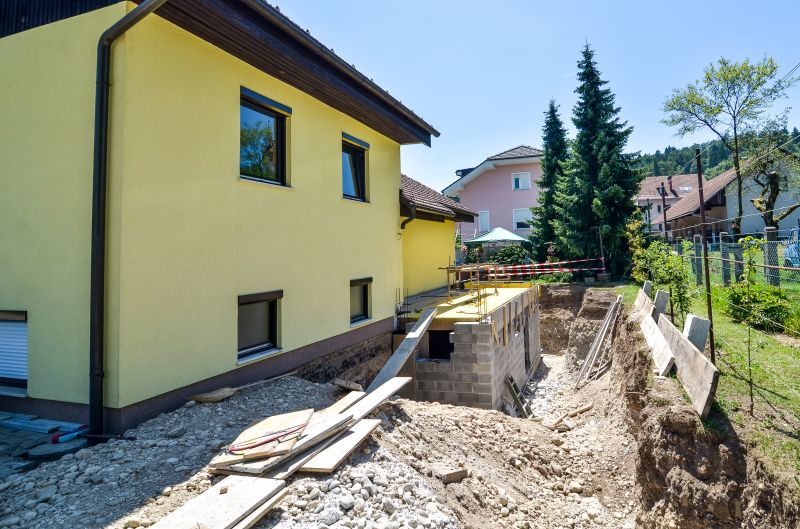
Popular materials for Foundation Repairs and why they hold up over time.
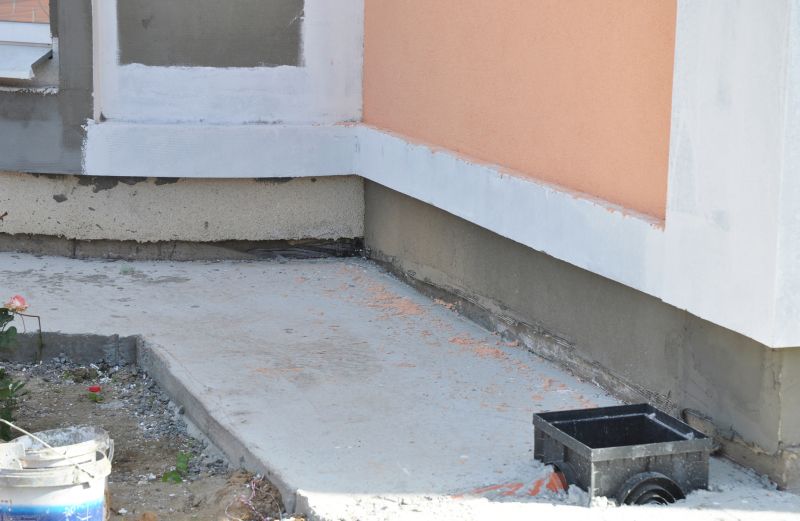
Simple add-ons that improve Foundation Repairs without blowing the budget.

High-end options that actually feel worth it for Foundation Repairs.
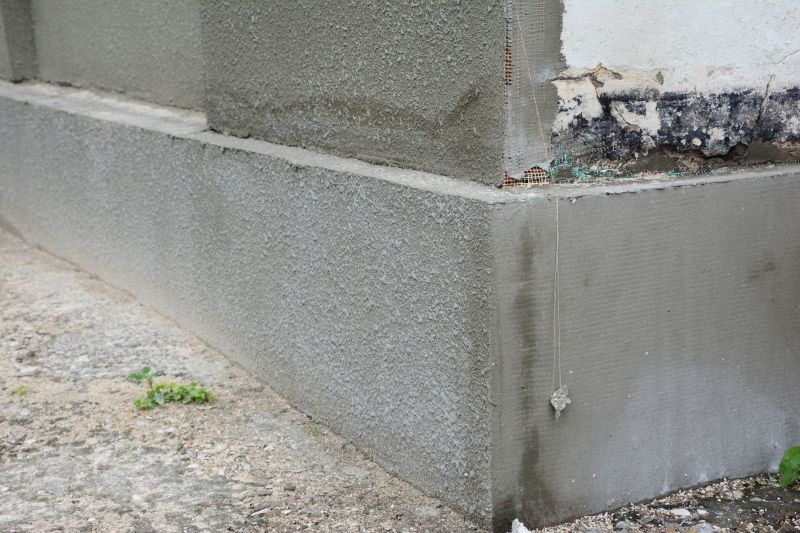
Finishes and colors that play nicely with Foundation Repairs.
| Season | Ideal Conditions |
|---|---|
| Spring | Moderate temperatures, stable soil, less rainfall |
| Summer | Dry weather, manageable soil conditions |
| Fall | Cool temperatures, less moisture, pre-winter settling |
| Winter | Freezing temperatures, frozen soil, high risk |
Foundation repairs are essential for maintaining structural integrity and preventing further damage. They involve various methods such as underpinning, piering, and stabilization to address issues like shifting, cracking, or settling. Proper timing ensures that repairs are effective and long-lasting, reducing the likelihood of future problems. Seasonal considerations and soil conditions play a crucial role in scheduling these interventions.
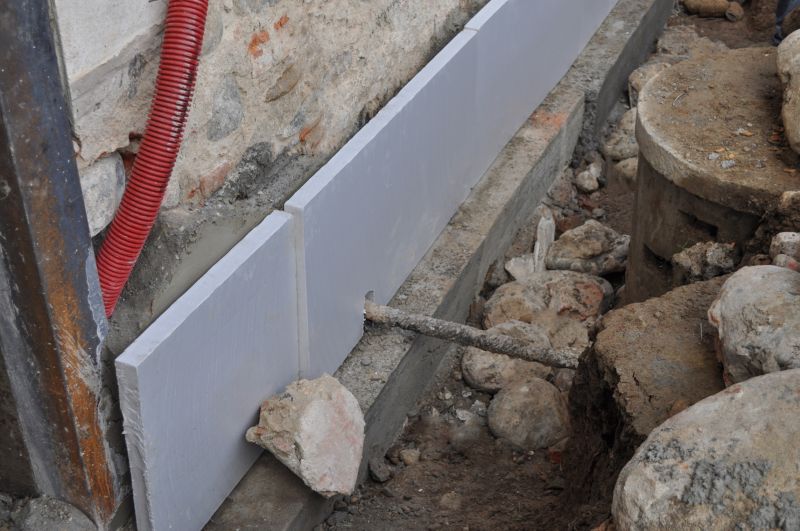
A detailed view of underpinning and piering techniques used to stabilize foundations.
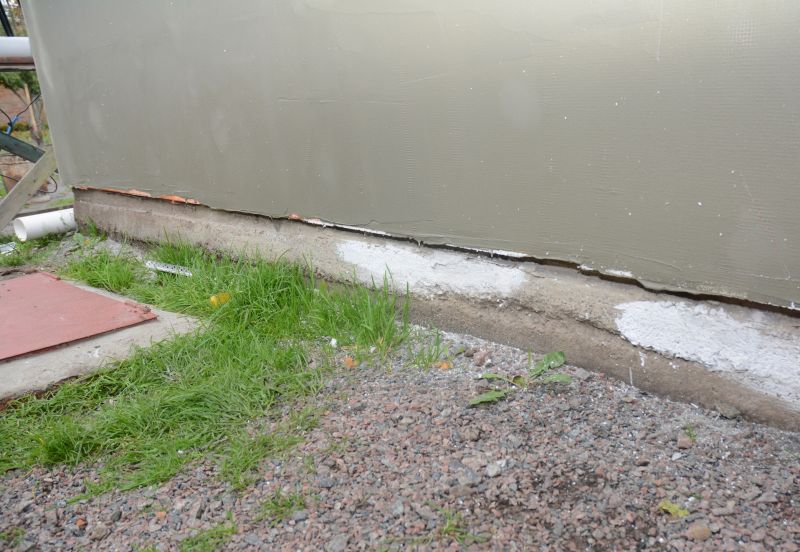
Visual comparison showcasing the effectiveness of foundation stabilization.

Techniques used to prepare and improve soil conditions for repairs.
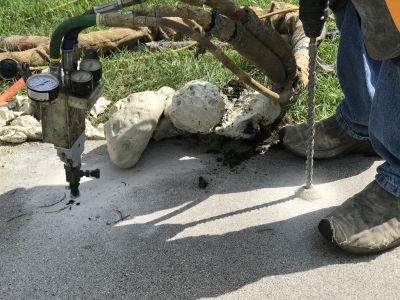
Specialized machinery and tools essential for effective repair work.
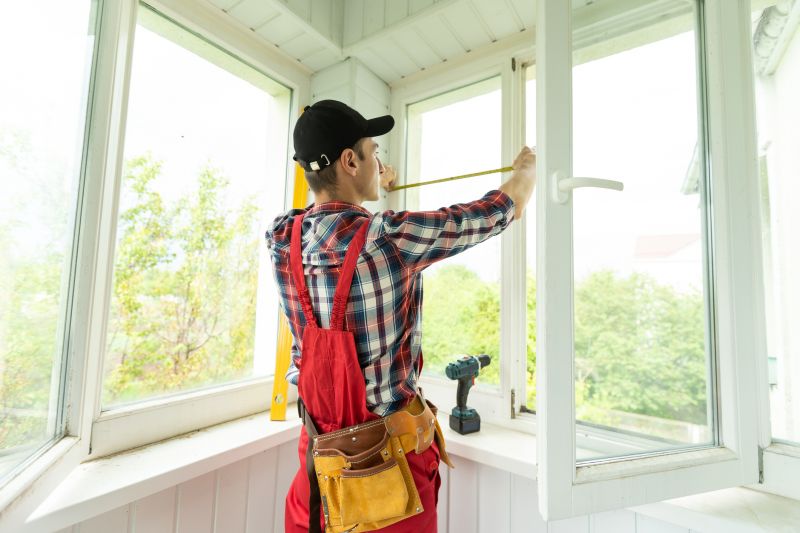
Little measurements that prevent headaches on Foundation Repairs day.

A 60-second routine that keeps Foundation Repairs looking new.

A frequent mistake in Foundation Repairs and how to dodge it.
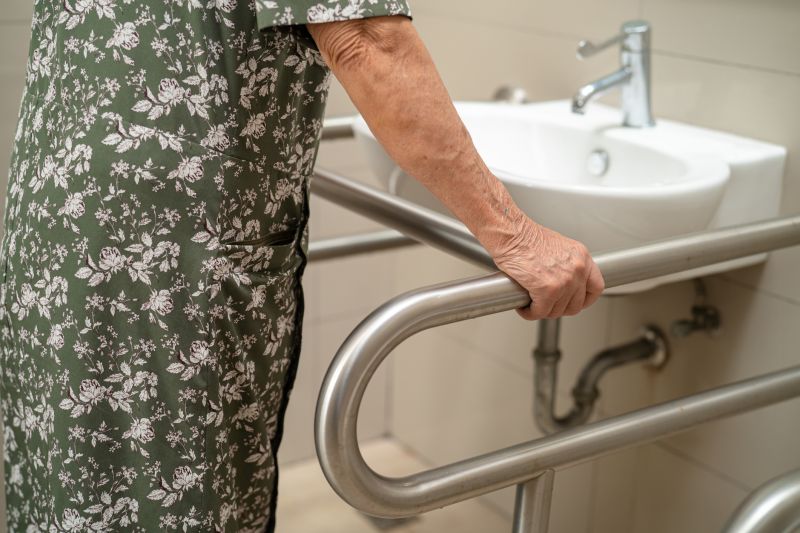
Small tweaks to make Foundation Repairs safer and easier to use.
Timing foundation repairs appropriately can prevent costly damages and extend the lifespan of the structure. It is advisable to schedule inspections during favorable seasons to identify issues early and plan repairs accordingly. Consulting with a foundation specialist can provide tailored recommendations based on local soil and climate conditions.
Interested in foundation repairs? Filling out the contact form can provide more information and help determine the best timing for specific needs in Circleville, Ohio.

